Home>Gardening & Outdoor>Landscaping Ideas>What Eats Star Grass In The Savanna
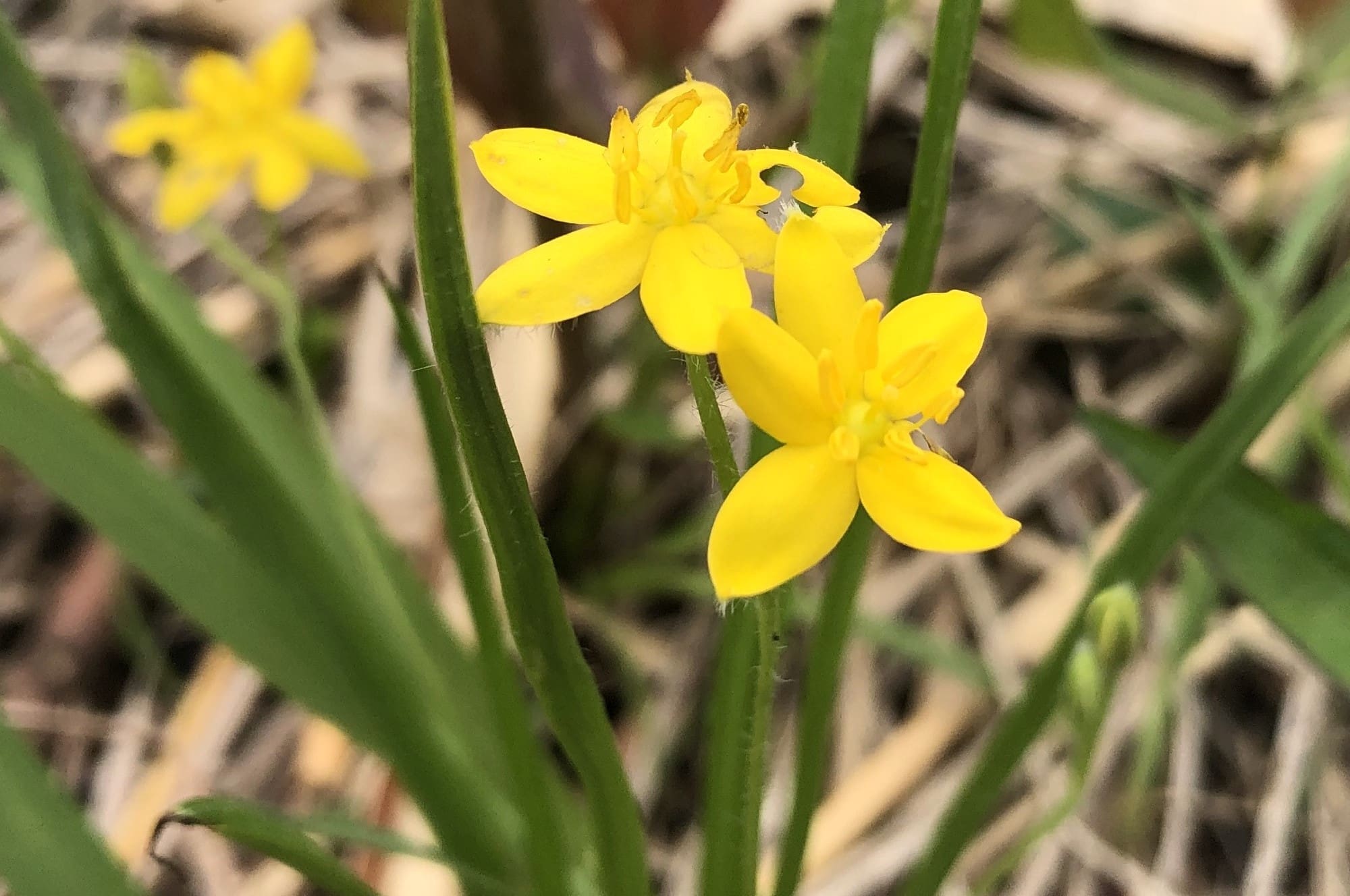

Landscaping Ideas
What Eats Star Grass In The Savanna
Published: January 26, 2024
Discover effective landscaping ideas for controlling star grass in the savanna. Explore natural solutions and expert tips for managing this resilient plant. Achieve a thriving landscape with our practical advice.
(Many of the links in this article redirect to a specific reviewed product. Your purchase of these products through affiliate links helps to generate commission for Storables.com, at no extra cost. Learn more)
Introduction
The savanna is a vast and diverse ecosystem characterized by its sprawling grasslands and scattered trees. Within this dynamic environment, star grass, scientifically known as Cynodon dactylon, thrives as a crucial component of the savanna's vegetation. As an essential part of the food chain, star grass serves as a primary food source for various herbivores, which in turn attract a range of predators. Understanding the intricate web of interactions involving star grass, herbivores, and their predators is crucial to comprehending the delicate balance of the savanna ecosystem.
In this article, we delve into the captivating world of the savanna and explore the role of star grass as a foundational plant species. We will uncover the herbivores that rely on star grass as a vital part of their diet and the predators that capitalize on these herbivores for sustenance. Furthermore, we will examine the far-reaching impact of star grass consumption on the intricate balance of the savanna ecosystem. By shedding light on these interconnected relationships, we can gain a deeper appreciation for the complexity and resilience of the savanna. Join us on this enlightening journey as we uncover the captivating interactions surrounding star grass in the savanna.
Key Takeaways:
- Star grass is a vital part of the savanna ecosystem, serving as a primary food source for herbivores like elephants and zebras, which in turn attract predators like lions and leopards.
- The consumption of star grass by herbivores shapes the distribution of vegetation, nutrient cycling, and the dynamics of predator-prey interactions, highlighting its crucial role in sustaining the diverse tapestry of life within the savanna.
Read more: What Eats Grass
Star Grass in the Savanna
Star grass, also known as Bermuda grass, is a resilient and adaptable plant species that thrives in the savanna’s diverse terrain. Its ability to withstand varying environmental conditions, including drought and grazing pressure, makes it a dominant presence in the grasslands of the savanna. The name “star grass” is derived from the star-shaped arrangement of its spikelets, adding a touch of visual intrigue to the savanna’s expansive grassy plains.
As a perennial grass species, star grass plays a pivotal role in stabilizing the savanna’s soil, preventing erosion, and providing a reliable food source for numerous herbivores. Its extensive rhizome system allows it to spread rapidly, forming dense mats of vegetation that create essential habitat and foraging grounds for a myriad of wildlife species.
One of the remarkable characteristics of star grass is its ability to thrive in both grazed and ungrazed areas of the savanna. This adaptability ensures its continued presence and influence across the savanna landscape, shaping the dynamics of the ecosystem as a whole. Whether in the open grasslands or alongside woody vegetation, star grass stands as a resilient and integral component of the savanna’s intricate tapestry of life.
Herbivores that Consume Star Grass
Within the expansive savanna, a diverse array of herbivores relies on star grass as a primary component of their diet. These herbivores play a crucial role in shaping the distribution and abundance of star grass, as well as influencing the dynamics of the entire ecosystem.
One of the most iconic herbivores that consumes star grass is the African elephant (Loxodonta africana). These majestic creatures are known for their voracious appetite for various grass species, including the resilient star grass. As they roam the savanna in search of sustenance, elephants contribute to the maintenance of grassland habitats by regulating the growth of vegetation through their grazing activities.
Additionally, zebras (Equus zebra) are prominent consumers of star grass in the savanna. Their selective grazing behavior often targets the nutritious and palatable star grass, further influencing the composition and structure of grasslands within the ecosystem. The distinctive black and white stripes of zebras create a mesmerizing sight as they traverse the grassy plains, embodying the spirit of the savanna.
Grazing antelopes, such as impalas (Aepyceros melampus) and gazelles, also depend on star grass as a vital food source. Their presence contributes to the intricate mosaic of grazing patterns across the savanna, shaping the abundance and distribution of star grass and other grass species. Furthermore, the consumptive activities of these herbivores play a pivotal role in nutrient cycling and the maintenance of open grassland habitats.
The collective impact of these herbivores on the consumption of star grass underscores the interconnected nature of the savanna ecosystem. Their feeding behaviors, movements, and population dynamics contribute to the intricate balance of plant and animal interactions, shaping the ever-changing tapestry of life in the savanna.
Look for animals like zebras, antelopes, and elephants in the savanna, as they are known to eat star grass. Keep an eye out for their grazing patterns to spot them in action.
Predators of Star Grass Consumers
As the savanna teems with life, the presence of herbivores consuming star grass draws a diverse array of predators, each playing a vital role in the intricate web of interactions within the ecosystem. These predators have evolved unique hunting strategies and adaptations to capitalize on the abundance of herbivores sustained by the savanna’s rich vegetation, including the prolific star grass.
The savanna harbors an apex predator that reigns supreme in its domain: the African lion (Panthera leo). Lions, renowned for their majestic appearance and powerful hunting prowess, capitalize on the abundance of herbivores, including those that consume star grass, to sustain their populations. Their strategic hunting tactics and social structure enable them to navigate the grassy terrain and secure prey, perpetuating the delicate balance of predator-prey dynamics in the savanna.
Another formidable predator that preys on the herbivores reliant on star grass is the African leopard (Panthera pardus). With its elusive nature and remarkable agility, the leopard is adept at navigating the savanna’s varied landscape to ambush and secure its prey. The presence of leopards underscores the intricate coexistence of predators and herbivores within the savanna, shaping the dynamics of the ecosystem through their predatory activities.
Besides the big cats, the savanna is also home to cunning and opportunistic predators such as the African wild dog (Lycaon pictus). These highly social and cooperative hunters capitalize on the movements and behaviors of herbivores, including those consuming star grass, to coordinate strategic hunts and secure their next meal. Their presence adds another layer of complexity to the predator-prey dynamics that underpin the savanna’s resilience and biodiversity.
The interplay between star grass consumers and their predators underscores the intricate and dynamic relationships that define the savanna ecosystem. The presence of these predators serves as a testament to the adaptability and resilience of life within the savanna, shaping a captivating tapestry of interactions that continues to unfold across its vast grassy plains.
Impact of Star Grass Consumption on the Savanna Ecosystem
The consumption of star grass by herbivores exerts a profound influence on the intricate dynamics of the savanna ecosystem, shaping the distribution of vegetation, nutrient cycling, and the abundance of wildlife. This interplay between star grass and its consumers underscores the pivotal role of this resilient grass species in sustaining the diverse tapestry of life within the savanna.
One of the most notable impacts of star grass consumption is its role in shaping the composition and structure of the savanna’s grasslands. The selective grazing behaviors of herbivores, including elephants, zebras, and grazing antelopes, influence the abundance and distribution of star grass, creating a mosaic of grazing patterns across the landscape. This, in turn, shapes the availability of forage for various wildlife species and contributes to the maintenance of open grassland habitats.
Furthermore, the consumption of star grass by herbivores plays a crucial role in nutrient cycling within the savanna ecosystem. As herbivores graze on star grass, they contribute to the redistribution of nutrients through their excreta, enriching the soil and fostering the growth of vegetation. This cyclical process sustains the productivity of the savanna’s grasslands, supporting the diverse array of plant and animal species that rely on this dynamic ecosystem for sustenance.
Moreover, the impact of star grass consumption extends to the intricate web of predator-prey interactions within the savanna. The abundance of herbivores sustained by the presence of star grass serves as a vital food source for a diverse array of predators, including lions, leopards, and African wild dogs. The consumption of herbivores, in part fueled by their reliance on star grass, sustains the populations of these predators, shaping the resilience and biodiversity of the savanna ecosystem.
Ultimately, the consumption of star grass by herbivores serves as a linchpin in the intricate tapestry of life within the savanna, shaping the distribution of vegetation, nutrient cycling, and the dynamics of predator-prey interactions. This resilient grass species stands as a foundational component of the savanna ecosystem, perpetuating a captivating web of interconnected relationships that define the resilience and diversity of this iconic landscape.
Read more: What Eats Turtle Grass
Conclusion
The savanna, with its sweeping grasslands and diverse wildlife, stands as a testament to the intricate and resilient nature of our planet’s ecosystems. At the heart of this captivating landscape lies the resilient star grass, a foundational plant species that sustains a myriad of herbivores and shapes the dynamics of the entire ecosystem. The interactions surrounding star grass, its herbivore consumers, and the predators that capitalize on them, weave a captivating tapestry of life within the savanna.
As we peel back the layers of this complex ecosystem, we gain a profound appreciation for the resilience and adaptability of star grass. Its ability to thrive in the face of grazing pressure and varying environmental conditions underscores its pivotal role in shaping the savanna’s grasslands and providing essential habitat for a diverse array of wildlife.
Furthermore, the consumption of star grass by herbivores reverberates throughout the savanna, influencing the distribution of vegetation, nutrient cycling, and the dynamics of predator-prey interactions. This intricate web of relationships underscores the delicate balance that underpins the resilience and biodiversity of the savanna ecosystem.
As we marvel at the majestic elephants grazing on star grass, the graceful zebras traversing the grassy plains, and the formidable predators that stalk the savanna, we witness the interconnectedness of life within this iconic landscape. The consumption of star grass serves as a linchpin in sustaining the intricate tapestry of life, perpetuating a dynamic and resilient ecosystem that continues to captivate and inspire.
In unraveling the captivating story of star grass in the savanna, we gain a deeper understanding of the delicate balance and resilience of our planet’s ecosystems. The savanna, with its enduring grasslands and vibrant wildlife, stands as a testament to the intricate and interconnected web of life that shapes our natural world, inviting us to cherish and conserve its awe-inspiring beauty for generations to come.
Frequently Asked Questions about What Eats Star Grass In The Savanna
Was this page helpful?
At Storables.com, we guarantee accurate and reliable information. Our content, validated by Expert Board Contributors, is crafted following stringent Editorial Policies. We're committed to providing you with well-researched, expert-backed insights for all your informational needs.
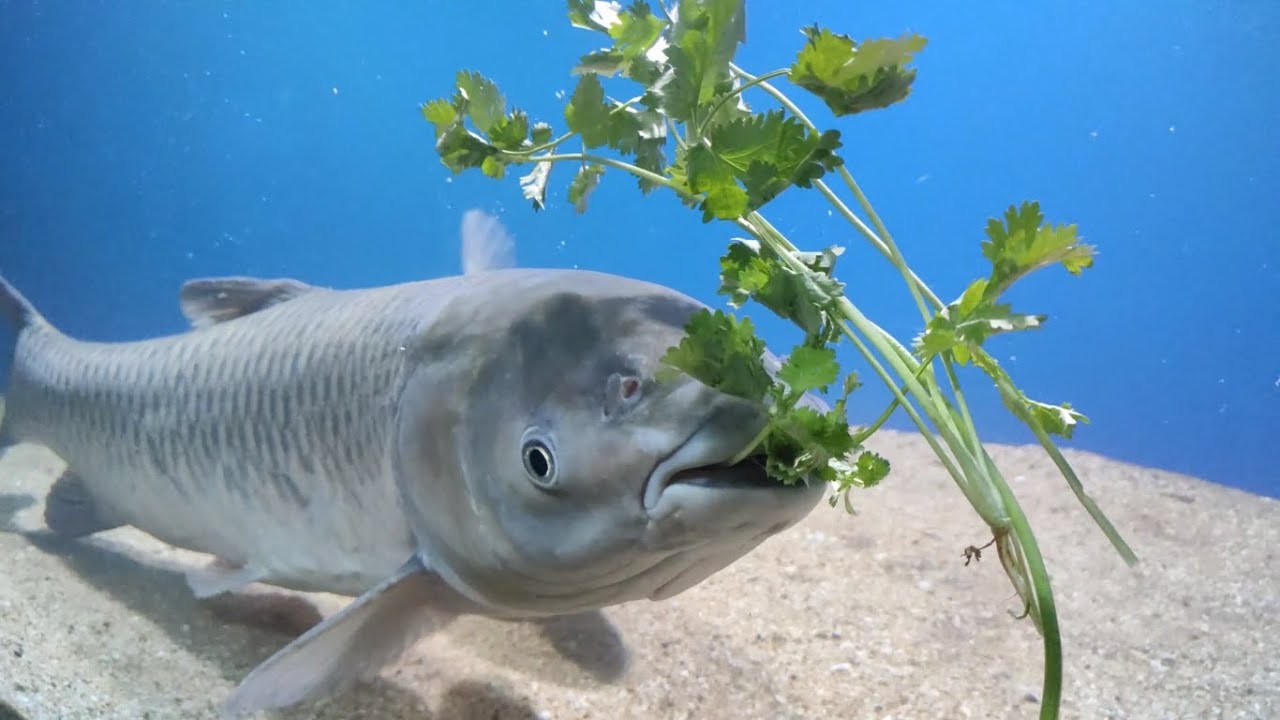
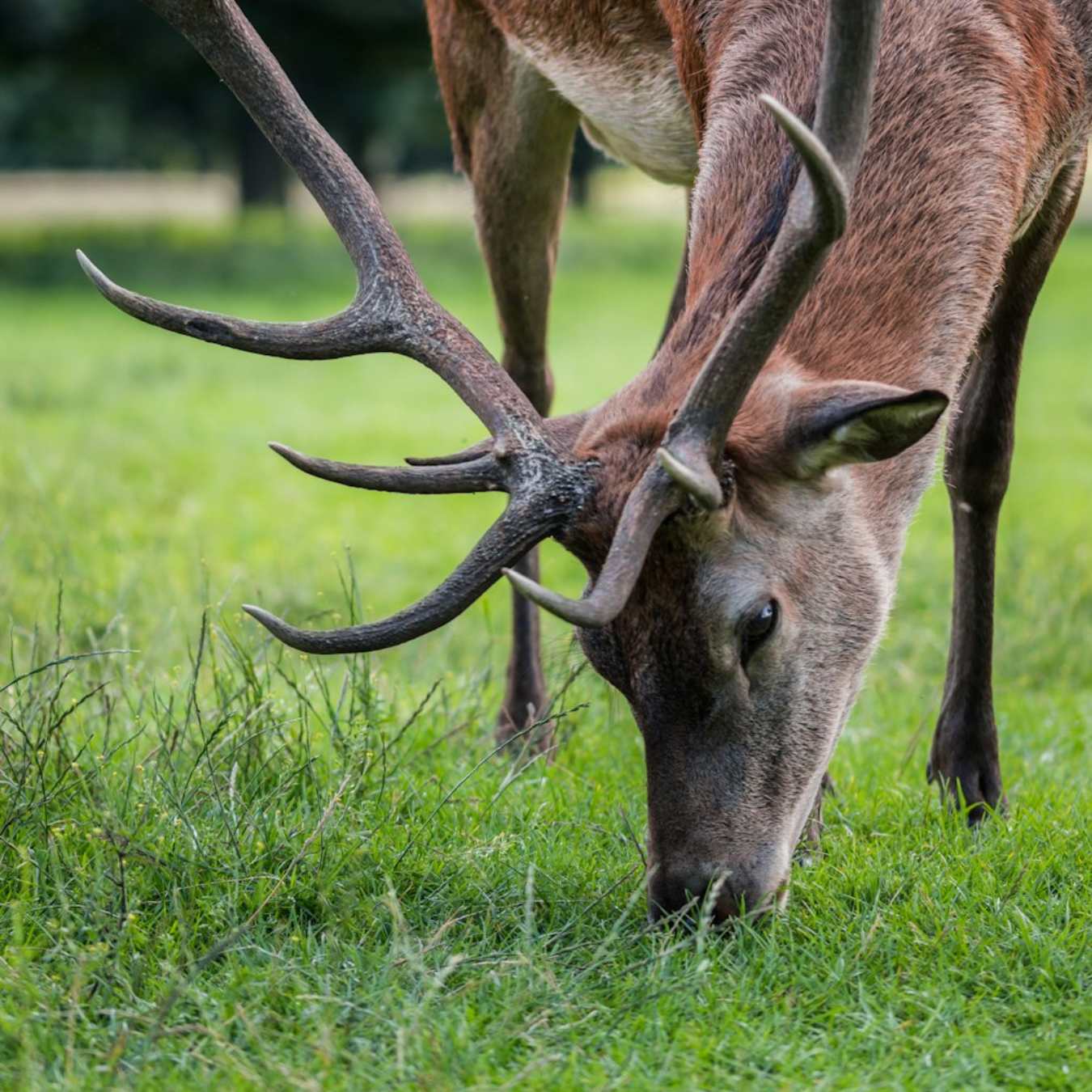
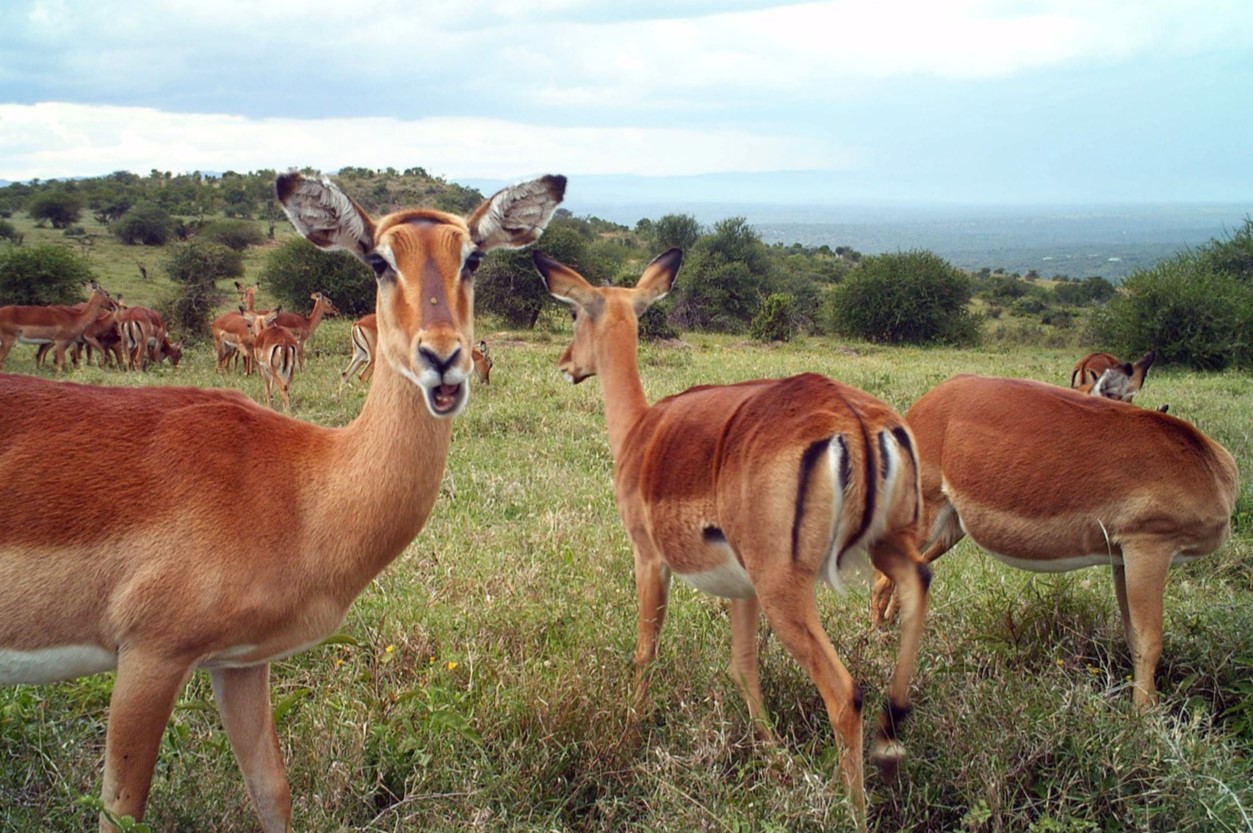
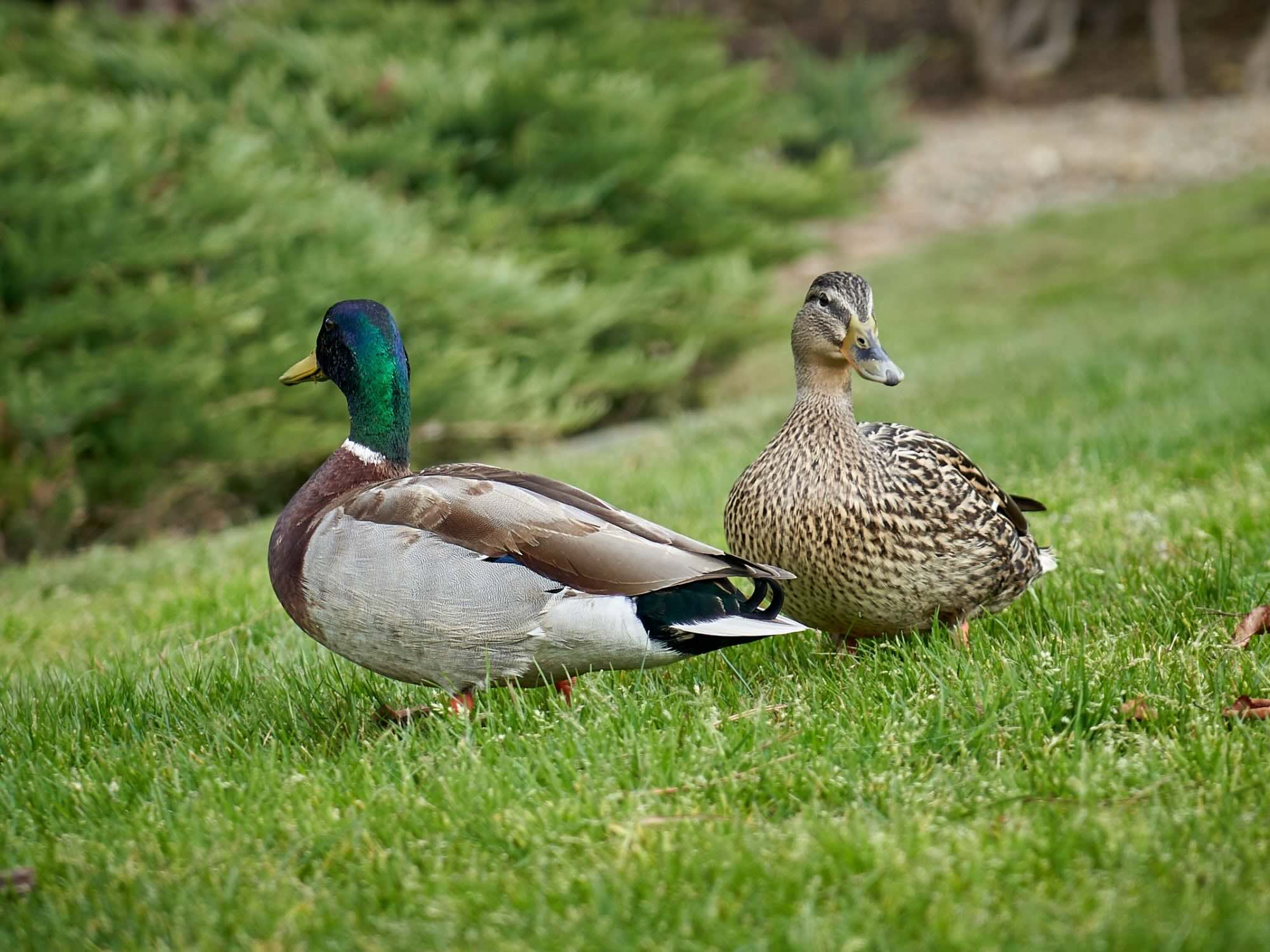
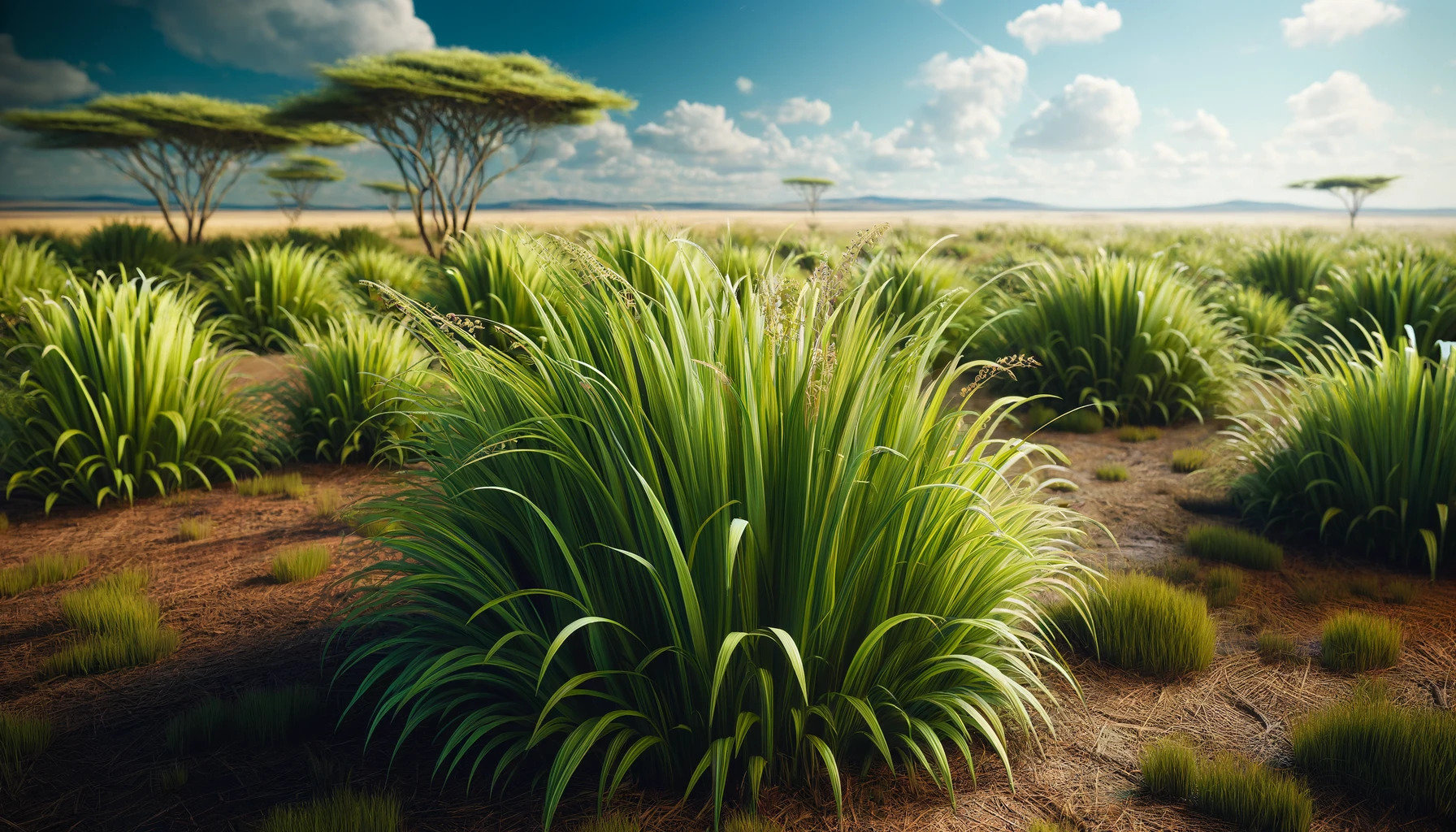

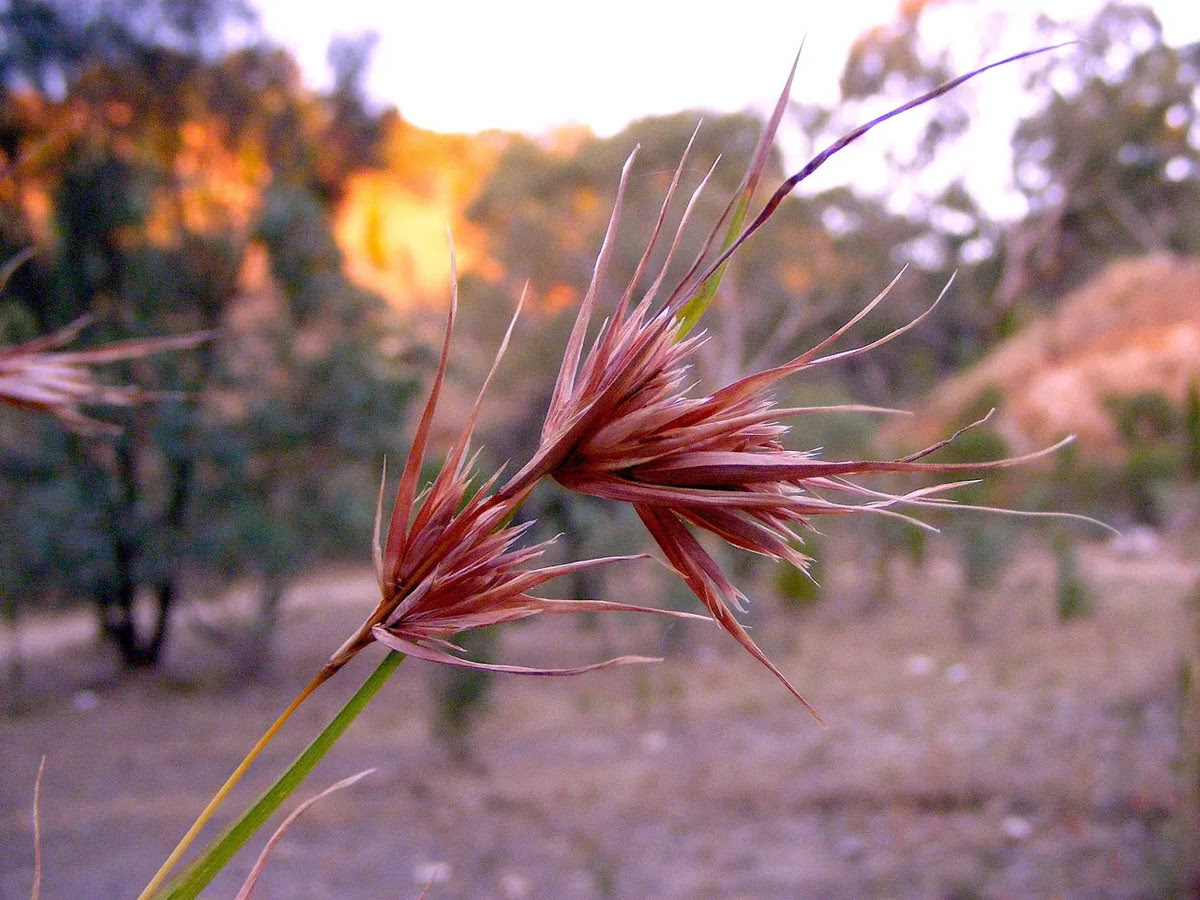
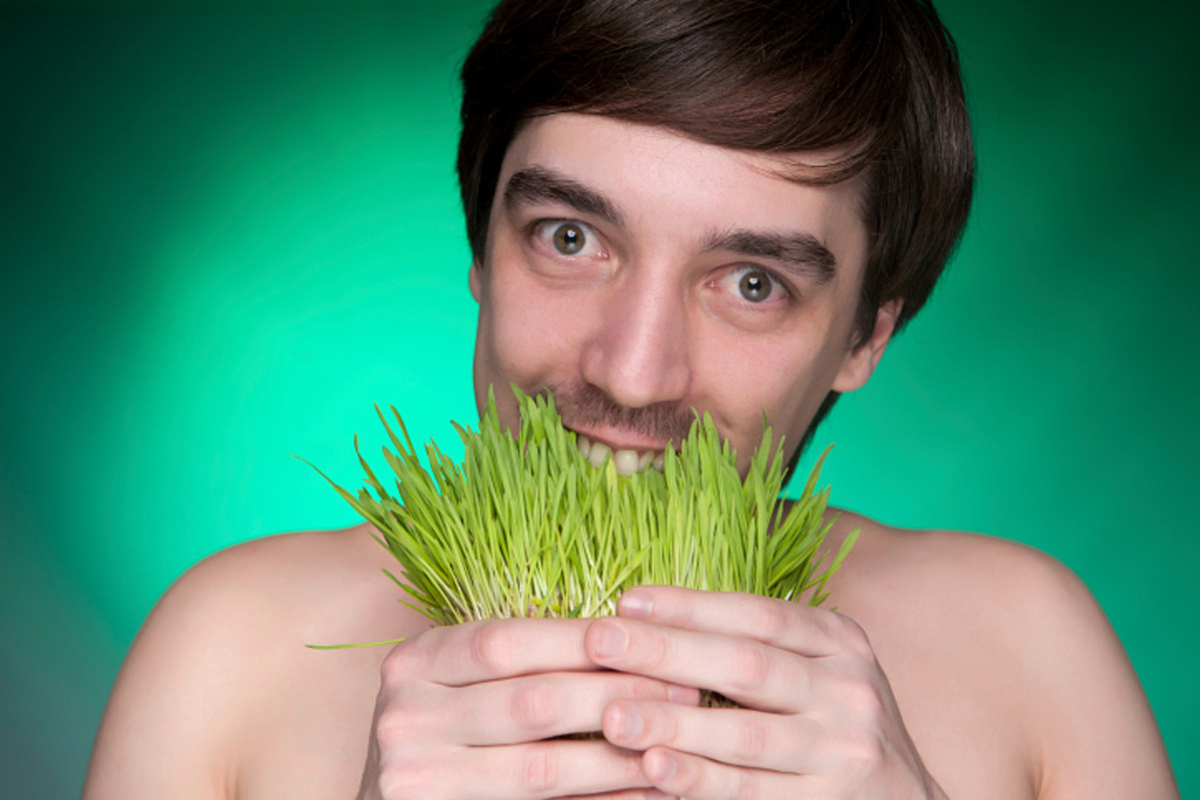
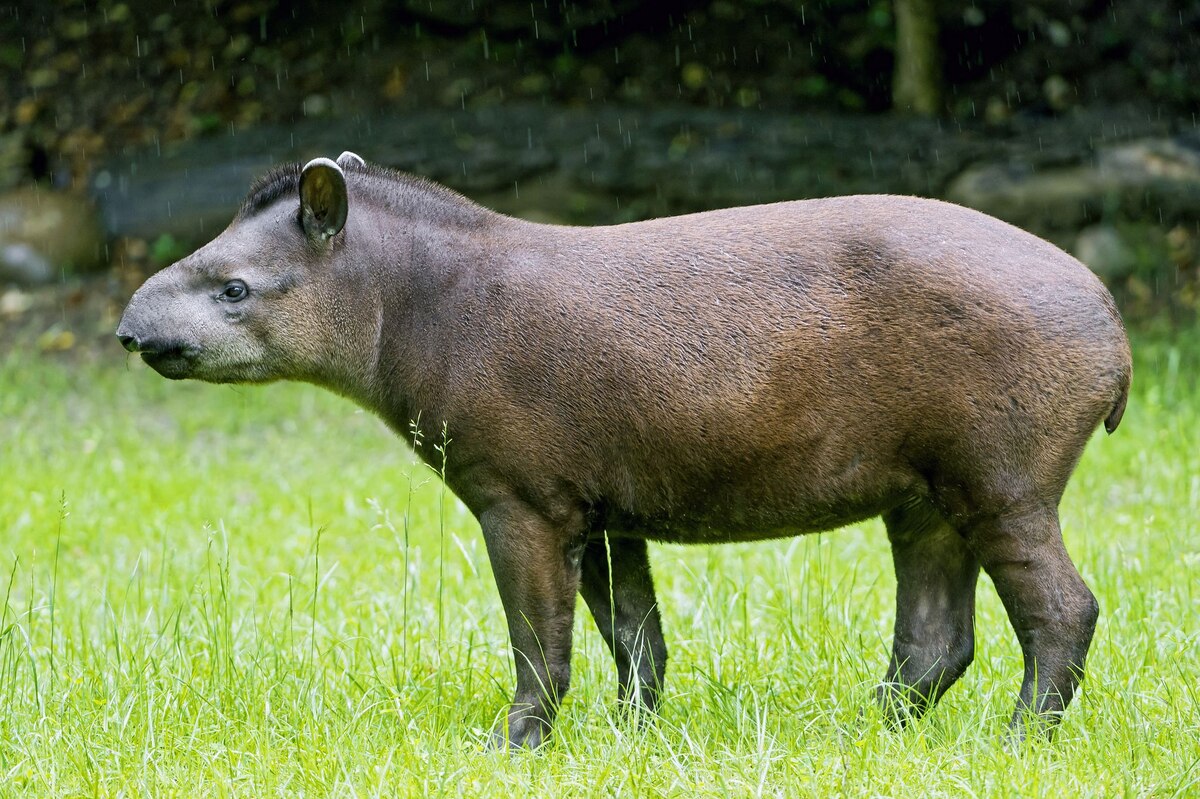
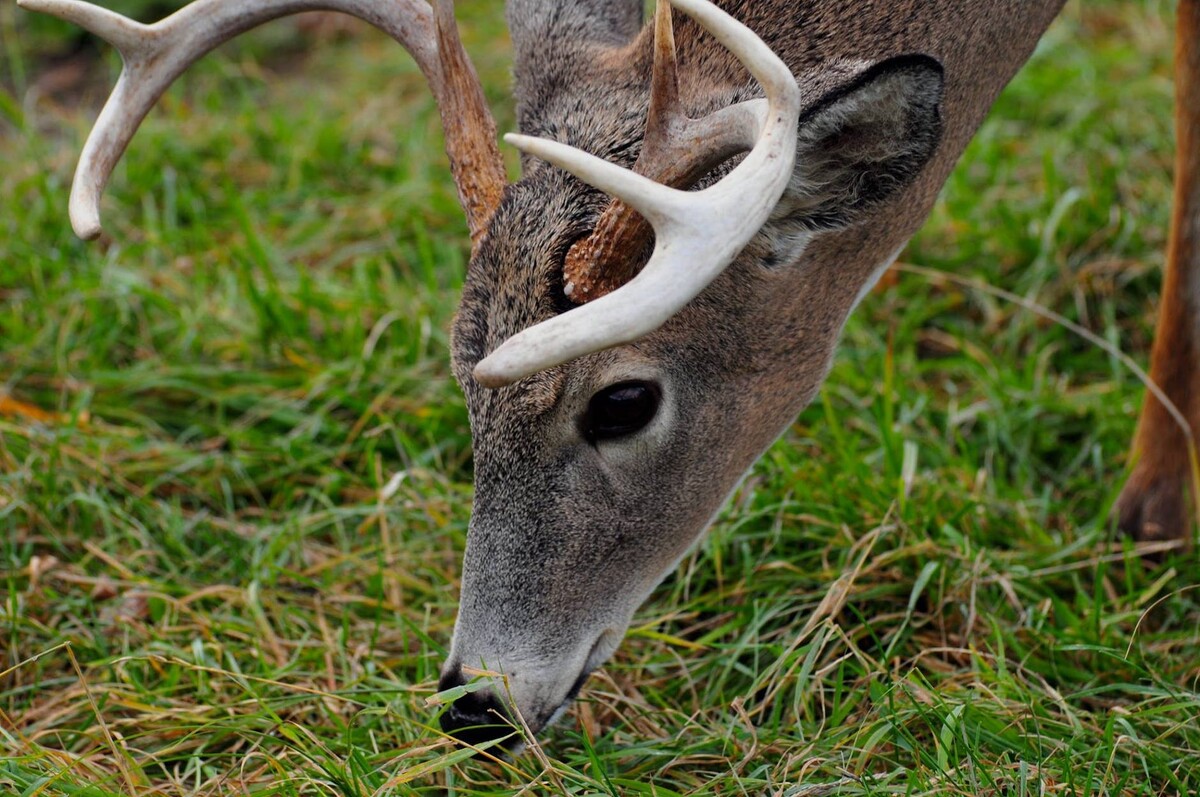
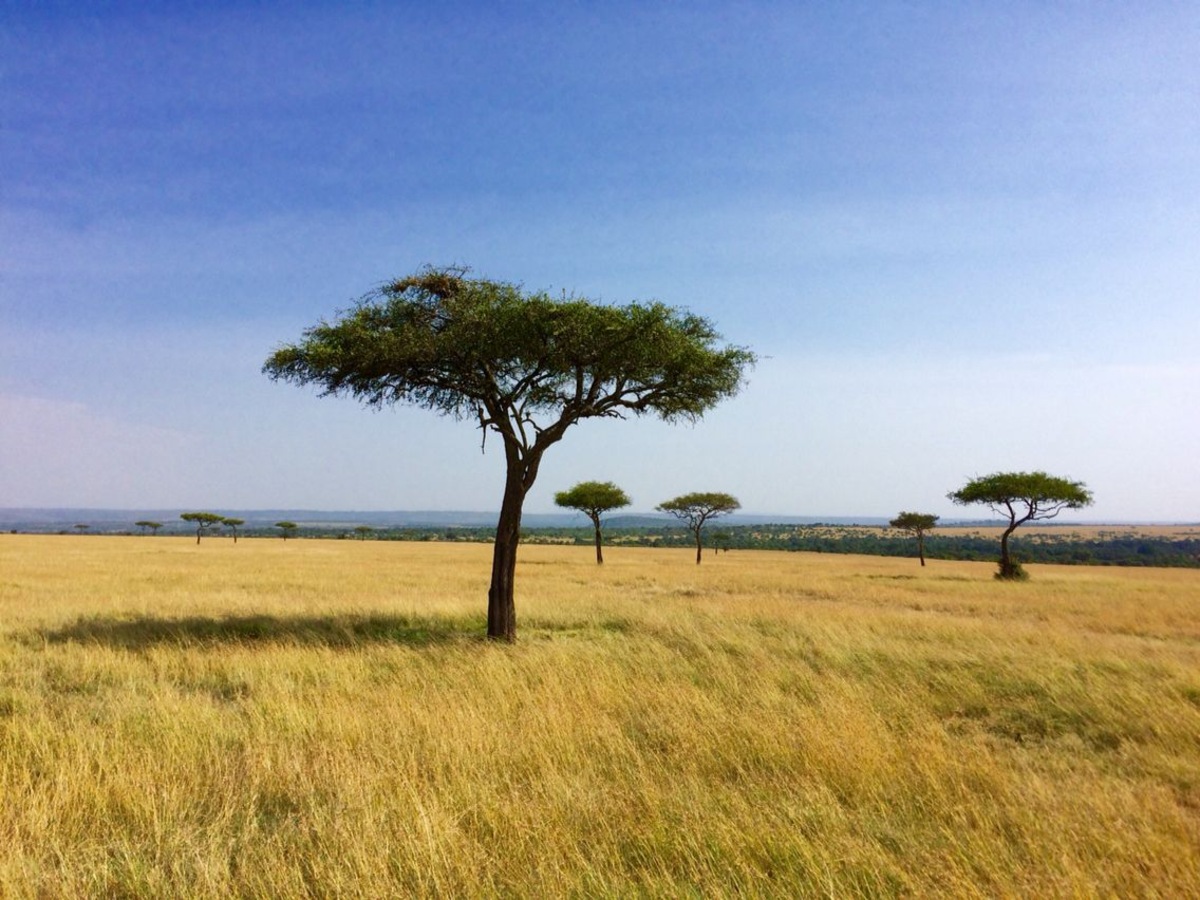
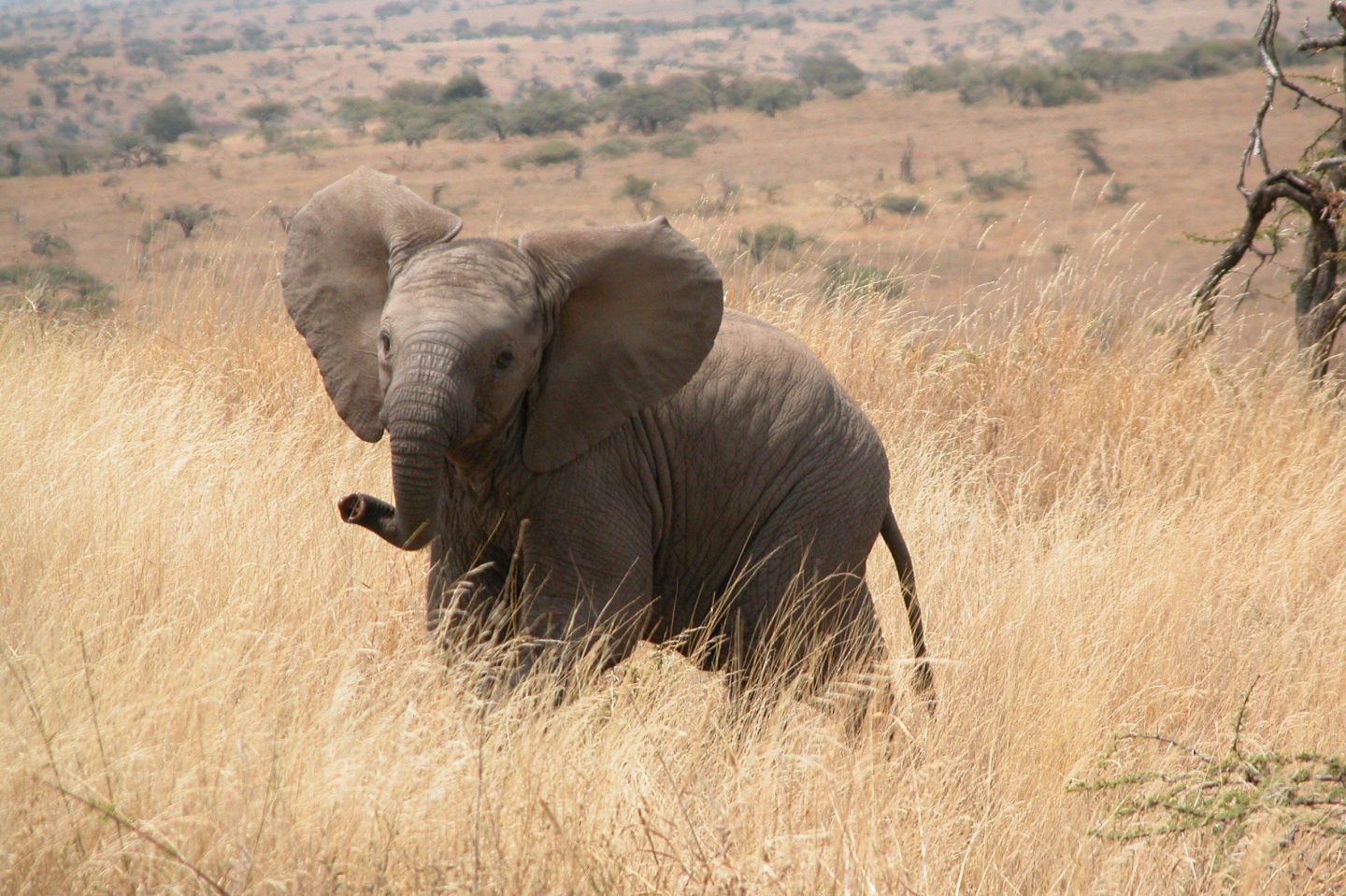
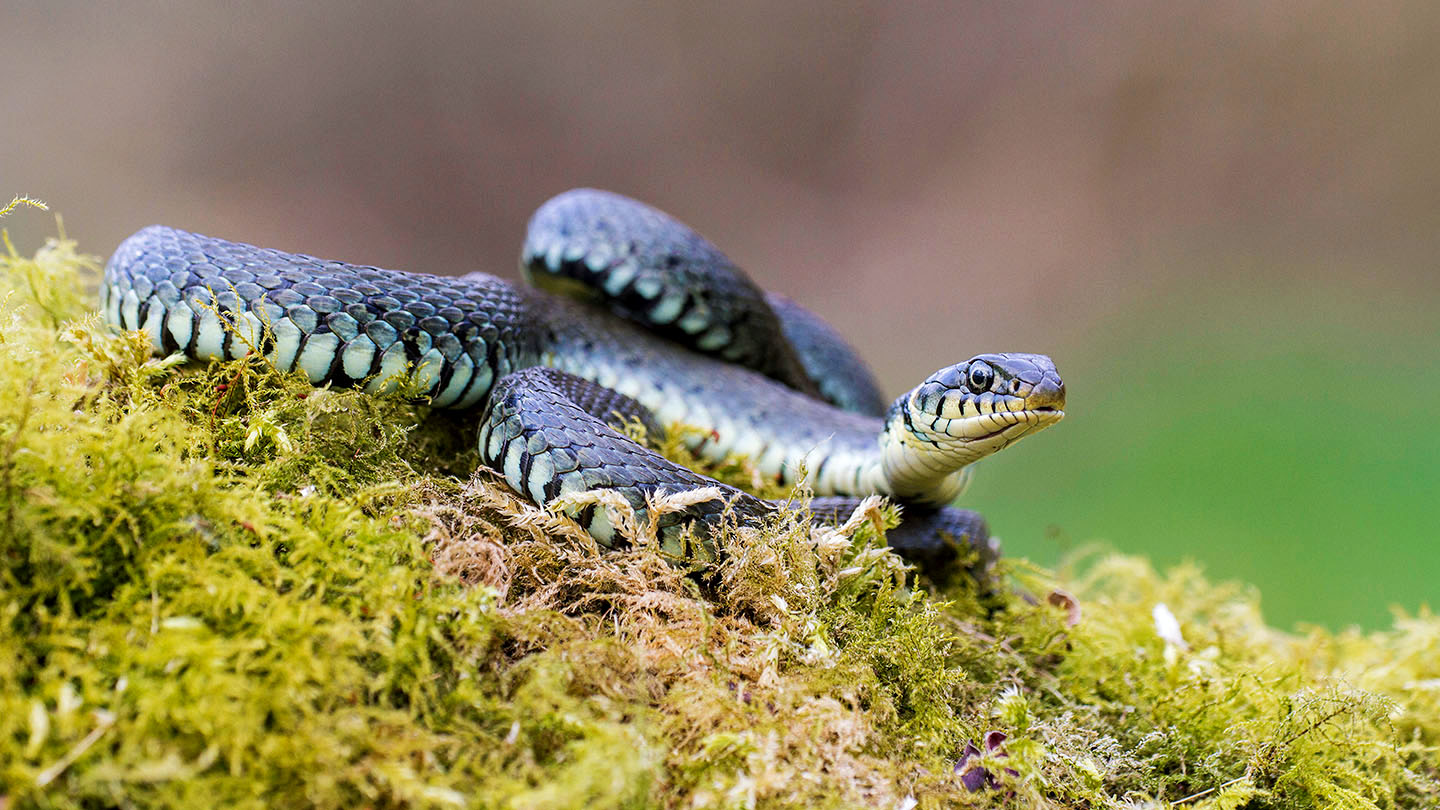
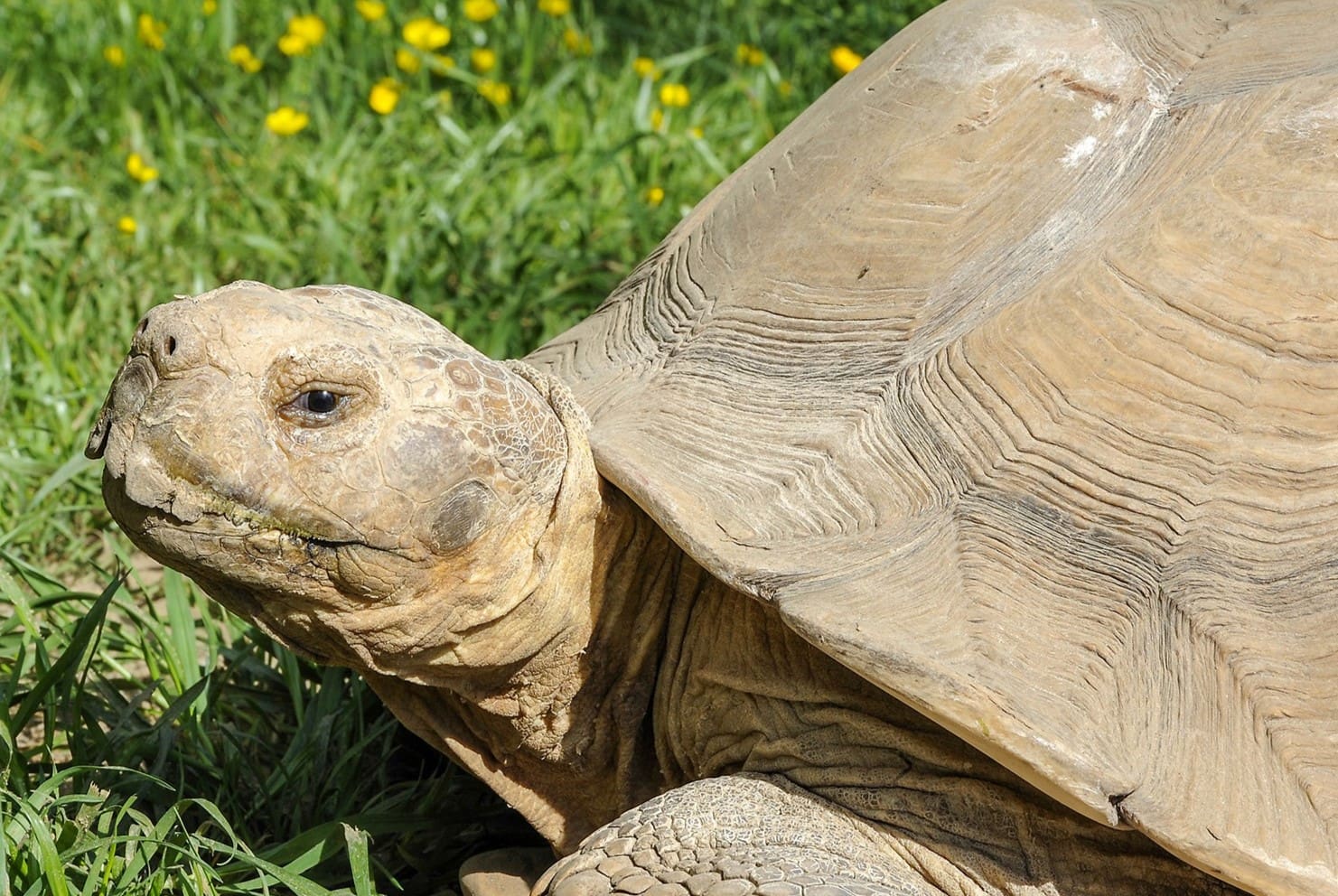

0 thoughts on “What Eats Star Grass In The Savanna”